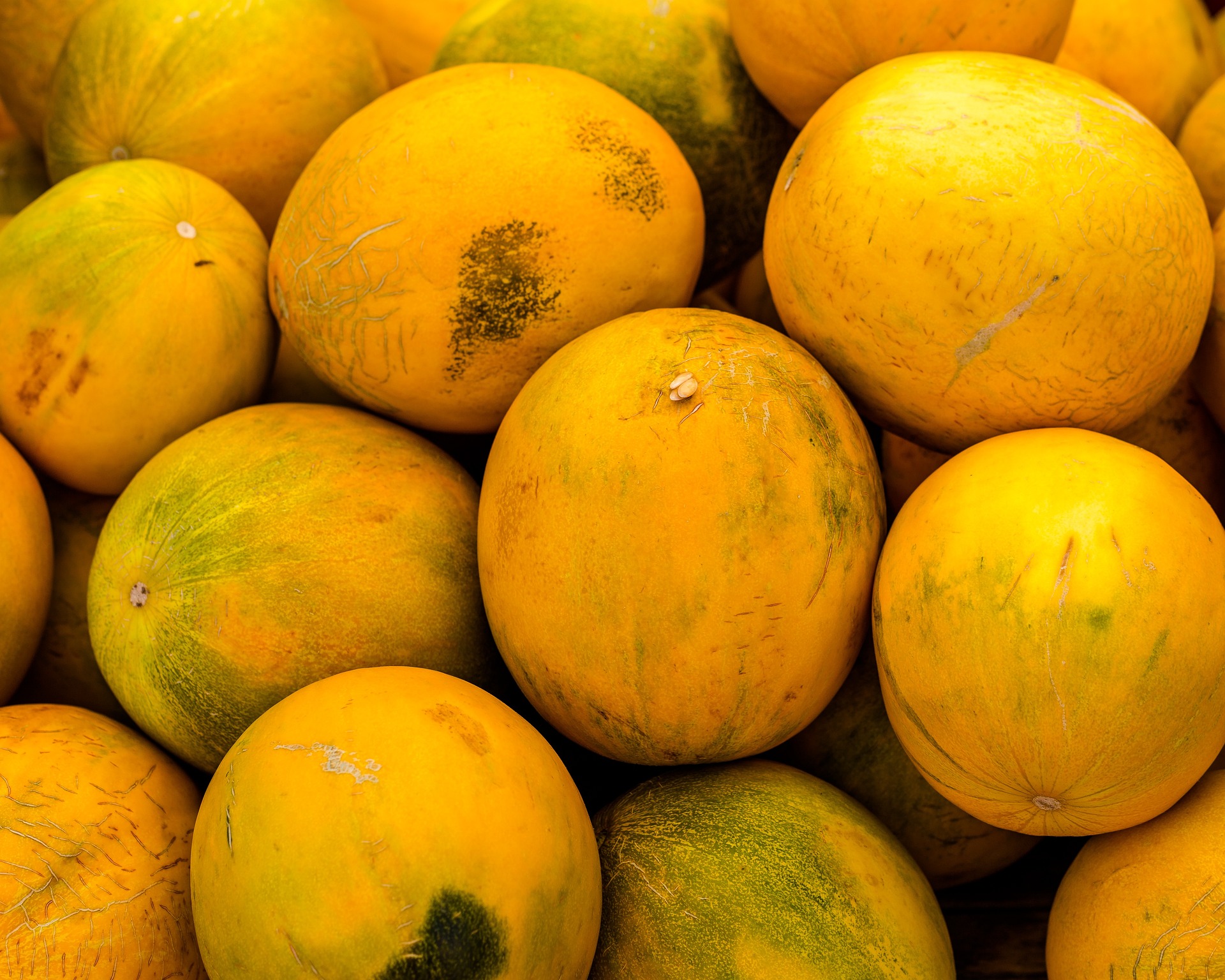What Are the Payment Methods in Foreign Trade?

It is essential for business owners to choose secure payment methods for their survival in the commercial world. Today, many suppliers and exporters in the international arena use various payment methods to secure themselves. Besides, the payment method is also a tool to impress customers. Exporters and importers should decide on payment methods before making sales agreements. Therefore, it is crucial to have knowledge about these methods. So, what are the payment methods used in foreign trade? Let’s take a closer look together.
Open Account
The open account method requires exporters to ship and deliver goods before payment is due. This process usually corresponds to 30, 60, or 90 days. Open account is a very advantageous method for customers. Therefore, it can increase the potential sales volume.
It is a payment method that works for the benefit of importers. Thanks to this method, importers can receive the goods without paying. Therefore, they do not have to worry about preparing the capital beforehand. But it poses great risks for exporters. As a result, exporters should consider the pros and cons before using this method. Open account is a method that does not guarantee payment. Also, there’s no way to secure the seller against order cancellation.
Consignment
The term “consignment” refers to a type of open account. Consignment is an agreement in which the sale of goods is the responsibility of a third party. In this payment method, the buyer pays the shipping fee after selling the goods. Therefore, consignment is a high-risk method for sellers. In the contract, the buyer and the seller set a certain time frame. The buyer has to return the unsold part of the purchased goods to the seller within this time frame. Also, ownership of unsold goods remains with the seller until the buyer sells the goods.
The party selling the goods using the consignment method gets a percentage of the profit. It can be in the form of a flat fee or commission. Consignment can work in some situations. For example, it might be a workaround for you if you don’t have a store.
Documentary Collection
In the Documentary Collection method, a bank collects the payment. This bank works on behalf of the exporter. The buyer makes the payment after receiving the ordered goods. Ownership of the goods remains with the seller until the buyer pays. However, the documentary collection method does not have the mission of verifying the shipment of goods. Also, the exporter has limited recourse if the buyer fails to pay.
Document collection includes two payment terms. These terms are documents against payment and documents against acceptance.
Documents Against Payment (DAP)
Under documents against payment, the bank makes the payment to the exporter when it sees the documents. In this scenario, there is no delay in payments. The bank must complete the payment when the documents reach the bank.
Documents Against Acceptance (DA)
With documents against acceptance, the parties agree that the documents will be delivered to the importer’s bank. Documents are delivered when there is a firm commitment to payment by a specific date. Therefore, in this method, the payment is not made immediately. Instead, it takes place on a date agreed upon by the parties.

Cash in Advance
Exporters gain many advantages with the cash in advance method. Because with this method, they eliminate the credit and non-payment risks. The reason, as the name of the method suggests, is that the exporter receives the payment before the transfer of ownership. Bank transfers and credit cards are very common in the cash in advance method. As exporters receive cash payments, they are more comfortable with financing with this method.
The cash in advance method is the safest option for exporters. Because using this method, they get their money before shipping. However, in case of transportation problems, exporters may be in a fix. They often use this method for small purchases. On the other hand, this method has some disadvantages for buyers. Cash in advance immediately affects the cash flow of the buyer. There is also a risk that the goods will not reach the buyer.
Exporters can request cash in advance for the benefit of their balance sheets. But in such a case, customers may seek sellers with more flexible terms. Thus, the growth of exporters may suffer.
Letter of Credit
Banks operate on behalf of the buyer and seller under the letter of credit. In this way, both parties guarantee the payment. With this method, the buyer’s bank must see evidence that the conditions have been met. The bank, which sees the necessary evidence, makes the payment to the exporter. Letter of credit brings many advantages for exporters. This method provides assurance, especially in scenarios where there is little information about the buyer’s credit history. On the other hand, this method is also advantageous for buyers. Because buyers also do not pay until they receive the goods.
As a result, a letter of credit reduces risks for both parties. However, this strategy can be costly and time-consuming at times. Documentation is significant in the letter of credit payment. The exporter’s bank must submit the necessary documents proving the shipment and sale to the buyer’s bank (issuing bank). After this stage, the issuing bank verifies the incoming documents. Finally, the importer collects the products.
If you want to know more about the letter of credit, you can read the related article by clicking here.
What to Consider When Choosing a Payment Method?
Choosing the appropriate payment method makes a great contribution to both the exporter and the importer. An exporter may need to access credit information about the buyer to choose the best method. Information on banking regulations and business partners will also come in handy when choosing a method.
You can make a judgment by evaluating the pros and cons of the methods we have mentioned above. Whichever payment method you choose, you should carefully prepare the necessary documents. In international trade, it is essential not to have problems with payments for prestige.




